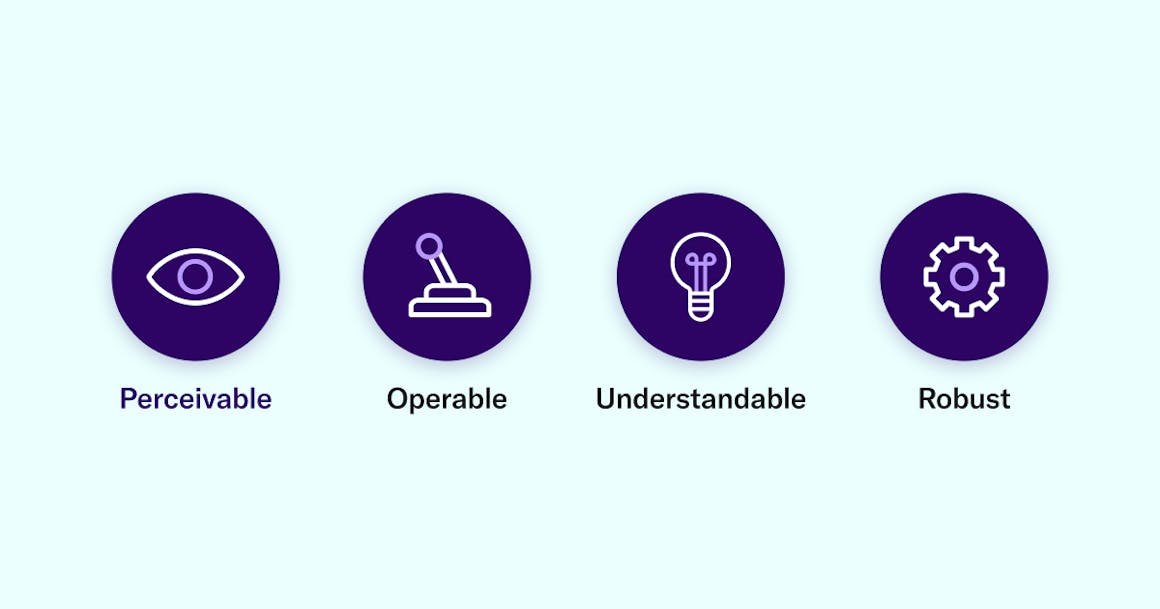Index Surge: Amplifying Your Insights
Stay updated with the latest trends and news across various industries.
Access Granted: The Key to Inclusive Websites
Unlock the secrets to building inclusive websites! Discover essential tips and strategies for a truly accessible online experience.
Understanding Web Accessibility: Why It Matters for Everyone
Web accessibility refers to the practice of designing websites, applications, and tools to be usable by people of all abilities and disabilities. It encompasses a wide range of considerations, including visual, auditory, motor, and cognitive impairments. By implementing web accessibility standards, we ensure that individuals with various challenges can effectively navigate and interact with digital content. This is vital not only for inclusivity but also to comply with legal regulations in many regions, fostering a reputation of responsibility and respect for diverse audiences.
The importance of web accessibility extends beyond compliance; it enhances the user experience for everyone. When websites are designed with accessibility in mind, they often provide clearer layouts, simpler navigation, and better compatibility with devices and assistive technologies. Statistics show that over 1 billion people worldwide experience some form of disability, making accessibility a crucial aspect of web design. By prioritizing accessibility, we not only serve a larger audience but also improve overall usability, fostering a more equitable and engaging online environment.

10 Essential Tips for Creating Inclusive Websites
Creating an inclusive website is essential in ensuring that all users, regardless of their abilities or backgrounds, can navigate and interact with your content effectively. Here are 10 essential tips to consider:
- Use alt text for images to describe their content and purpose.
- Ensure your site design adheres to Web Content Accessibility Guidelines (WCAG).
- Implement a responsive design that works on various devices and screen sizes.
- Provide captions and transcripts for audio and video content.
- Choose color schemes with sufficient contrast to aid users with visual impairments.
Additionally, consider user feedback as a critical aspect of your website development. Regularly test your site with real users, particularly those with disabilities, to uncover areas for improvement. Offering an easy way to report accessibility issues can empower your users. Consider these further tips:
- Ensure keyboard navigation is efficient and intuitive.
- Use clear and simple language throughout your content.
- Avoid auto-playing media to prevent unintentional disruptions.
- Make forms accessible by labeling fields clearly and providing error messages when necessary.
- Regularly update your site to stay aligned with evolving accessibility standards.
Is Your Website Accessible? Key Tools and Techniques to Check
Ensuring your website is accessible is crucial not only for reaching a wider audience but also for adhering to legal standards. Accessibility means that people with disabilities can perceive, understand, navigate, and interact with your site effectively. To assess your website's accessibility, consider using tools such as WAVE, axe, or Google Lighthouse. These tools provide valuable insights into potential issues and how to fix them. By regularly checking your site, you can maintain compliance with accessibility guidelines like WCAG and improve the overall user experience.
In addition to automated tools, incorporating manual techniques is essential for a thorough accessibility evaluation. Start by navigating your site using only a keyboard to ensure all functions are usable without a mouse. Next, check for alternative text on images and proper heading structures to aid screen reader users. Lastly, consider gathering feedback from real users with disabilities to pinpoint areas for improvement. Combining these approaches will significantly enhance your website's accessibility and ensure you are reaching all potential visitors.